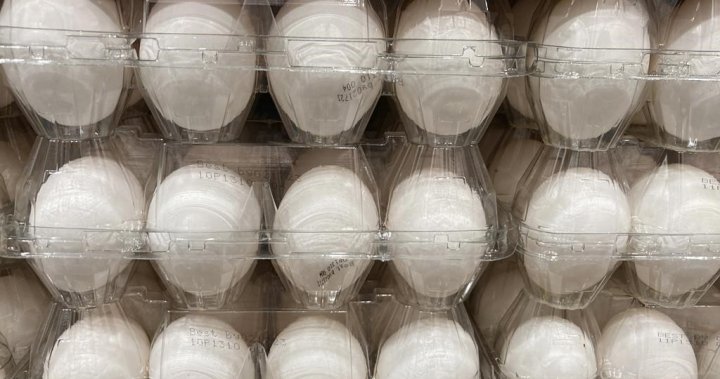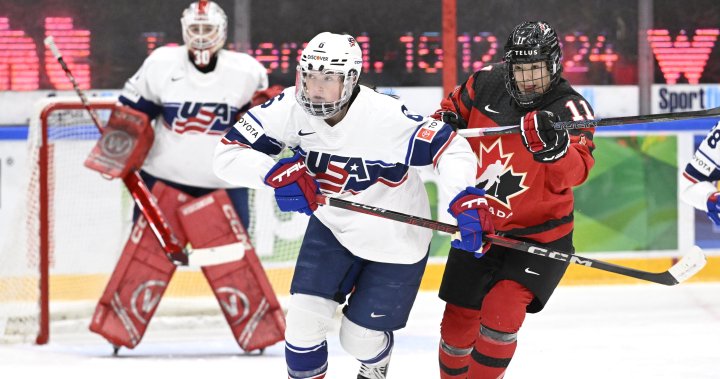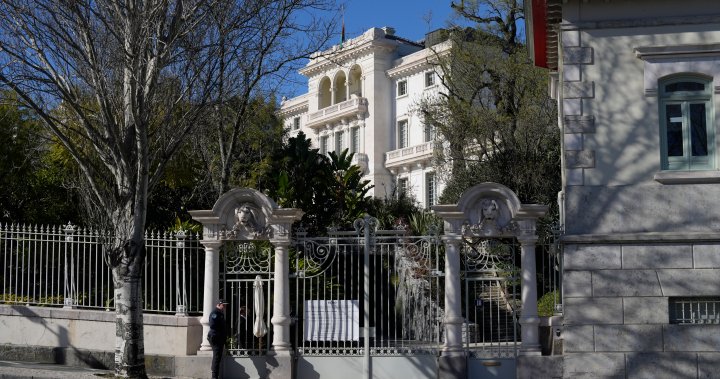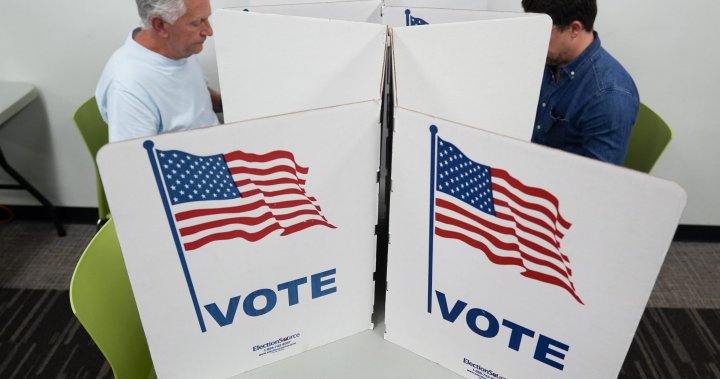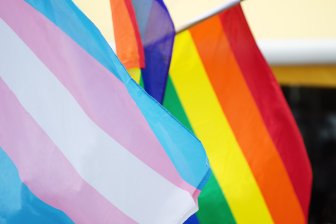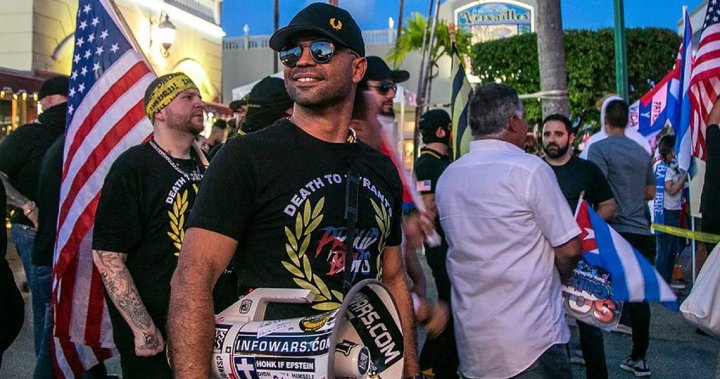Opinion polls in the US presidential election show a very close race between US Vice President Kamala Harris and Donald Trump, but pollsters say these numbers do not always tell the whole story.
While pollsters do everything they can to provide accurate pictures of how voters feel or intend to vote, new methodologies for adapting to modern technology and changing behavior mean the task has become more difficult in recent years.
In addition, “polls were not designed to predict the future,” said Samara Klar, a political science professor at the University of Arizona who studies political opinion and polling.
This makes it all the more important for people to pay less attention to individual polls, which can sometimes be extreme, and pay more attention to polling averages — and even rely less on polls to determine what might happen on November 5. .
Story continues below ad
“Take a breath,” Klar said.
“People are fully focused on the polls right now and trying to figure out what’s going to happen. But we won’t know until (Election Day).”

US Elections 2024: Trump and Harris are virtually tied in the opinion polls
For decades, polling has involved polling people over the phone and collecting their opinions.
Story continues below ad
Pollsters will use census data to target specific households and ensure that the sample size they collect represents the demographics of the overall population, including age, race, income and other factors.
“Getting an election wrong (at the time) was like falling off the boat and out of water: Something had to be done fundamentally incorrect,” said Darrell Bricker, CEO of Ipsos Public Affairs, a major polling firm that conducts opinion polls. For international news and other media.
However, most people today do not answer their phones to take surveys and other marketing calls, which are often viewed as spam. Pew Research Poll It found that response rates for telephone surveys fell from 36 percent in 1997 to just six percent by 2018.

Get daily national news
Get the day’s top political, economic and current affairs news, headlines, delivered to your inbox once a day.
This leaves pollsters relying on large online panels. To encourage people to sign up, many companies offer perks to potential respondents such as gift cards and other prizes.
Despite the best efforts of opinion polling institutions, this method makes it more difficult to ensure that public opinion is accurately represented. Companies will then use what is called “sample weighting” to correct any imbalances between the survey sample and the broader public.
For example, because Women are statistically more likely to complete surveys than menpolls will overburden female respondents to overrepresent males.

US Elections 2024: What is behind the large gender gap among voters?
The challenge, Klar says, is that there are different ways of how samples are weighted, and which ones to use are up to the individual pollster.
Story continues below ad
“Do you weigh it just by demographics, do you incorporate partisanship into it, do you weigh it by vote choice in 2020?” she said. “All of these very small choices can change the result you find in the surveys.”
Uncertainties in data can determine a poll’s margin of error, which explains how much the poll “fails.”
Remarkably, experts and analysts agree that polls generally get election results correct to within a few percentage points, including in recent years.
This includes the 2016 US presidential election, although Trump surprised most of the world by winning the electoral college over Hillary Clinton, which won him the presidency.
“National polls showed that Hillary Clinton would win (the popular vote) by two points, and that’s what she won,” Bricker said.
The problem, he said, is that key battleground states like Michigan and Pennsylvania were not matching up with those national polls the way they might have been in previous elections, and may have underestimated Trump’s support. Trump’s narrow victories in those and other swing states gave him enough electoral votes to win the White House.
Since then, pollsters have begun to focus more on those battleground states that could tip the Electoral College in favor of Democrats or Republicans, and polling has improved, Bricker said.
Story continues below ad
But he acknowledged there was a risk of overcorrecting mistakes made in 2016 in a way that might overstate Trump’s support in the 2024 race.

Political analyst about the countdown to the US presidential elections
Trending now
-
![]()
Canada’s youngest dangerous criminal seeks escorted leave from prison
-
![]()
Alberta unveils 3 comprehensive bills affecting transgender and gender diverse youth
This was arguably the case in the 2022 midterm elections, where polls predicted huge Republican victories in Congress, but ended up giving the party only a narrow majority in the US House of Representatives.
“It’s a lot more dangerous than it was before, a lot harder than it was before, but that doesn’t mean that people doing their best and the best techniques can’t come up with a good representation of what the outcome will be,” Bricker said.
As more and more individual polls are published and analyzed by voters and the media, Bricker said it’s important to remember that “no single poll” can tell the story of where the race is headed, or even how people feel.
Story continues below ad
Polling averages can be more accurate by grouping different polls together and allowing them to effectively balance each other.
Taken together, these surveys likely captured a larger segment of the population.
Bricker added that no poll can take into account people who only make their decision at the last minute.
“We have seen examples around the world where five or 10 per cent of people have made up their minds in the voting booth, and that is impossible to predict,” he said.

Officials warn that the results of the US election may not be known for several days
As the campaign enters its final days, Bricker said audiences should be skeptical of last-minute polls that show significant movements one way or another away from trend lines seen in polling averages.
Klar agreed and said any analysis of an individual poll at this late stage is “not newsworthy” — something she said is especially true in a race as close as the one between Harris and Trump.
Story continues below ad
“I think the additional challenge for pollsters, frankly, is that this election is so close that it’s more difficult to predict,” she said.
But she added: “We would not have known how close the elections were if it were not for the polls.”
As voter behaviors and technology continue to evolve, Bricker said pollsters will continue to keep up and adapt their methods. It remains to be seen where this will end up – and the current elections will determine this development.
“If we get it wrong, we will face another moment of soul-searching like we did especially in 2016,” he said.

